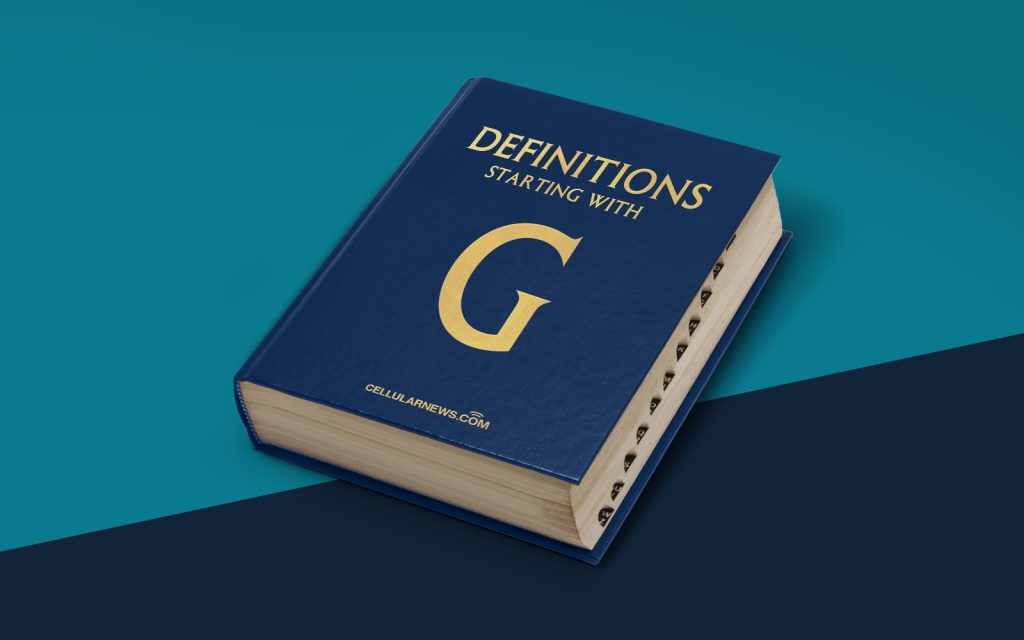
Welcome to the World of GPL – General Public License!
Have you ever wondered what a General Public License (GPL) is and how it affects software and content distribution? Well, you’ve come to the right place! In this blog post, we will dive into the depths of GPL and uncover its secrets. So, buckle up and get ready to explore the fascinating world of GPL.
Key Takeaways:
- GPL is a type of license that allows users to freely use, modify, and distribute software and content.
- GPL promotes collaboration, transparency, and the spirit of sharing in the software and content development community.
1. Let’s start with the basics: what is a General Public License (GPL)?
GPL is a type of license that was created by the Free Software Foundation (FSF) to give users the freedom to use, modify, and distribute software and content as they see fit. It is an open-source license that ensures that users have the right to access, modify, and share the source code of a program or content.
2. What are the main features of GPL?
GPL has some key features that set it apart from other licenses:
- Copyleft: GPL incorporates a mechanism called “copyleft” which ensures that any derivative work or modification of a GPL-licensed program or content must also be distributed under the same GPL license.
- Freedom: GPL gives users the freedom to run, study, modify, and distribute the software or content without any restrictions. This promotes collaboration and sharing within the community.
- Transparency: GPL requires that the source code of the software or content be made available to the users. This fosters transparency and allows users to understand and modify the code to meet their specific needs.
3. How does GPL impact software and content distribution?
GPL ensures that the rights and freedoms provided by the license are preserved throughout the distribution chain. When a user receives GPL-licensed software or content, they have the right to use, modify, and distribute it under the same GPL license. This creates a cycle of sharing and collaboration that benefits the entire community.
4. Who can use GPL?
GPL can be used by anyone, whether you are an individual, a business, or an organization. If you choose to use GPL-licensed software or incorporate GPL-licensed content into your work, you must adhere to the terms and conditions of the GPL license and make sure to distribute any derivative work under the same license.
5. Are there any alternatives to GPL?
Yes, there are several alternative open-source licenses available such as the MIT License, Apache License, and Creative Commons licenses. These licenses have different terms and conditions, so it’s important to carefully review them and choose the one that aligns with your requirements.
Conclusion
GPL is a powerful open-source license that promotes collaboration, transparency, and the spirit of sharing in the software and content development community. It provides users with the freedom to use, modify, and distribute software and content without any restrictions. Whether you’re a software developer or a content creator, understanding GPL and its implications can help you navigate the world of open-source licensing and make informed decisions about your work.
